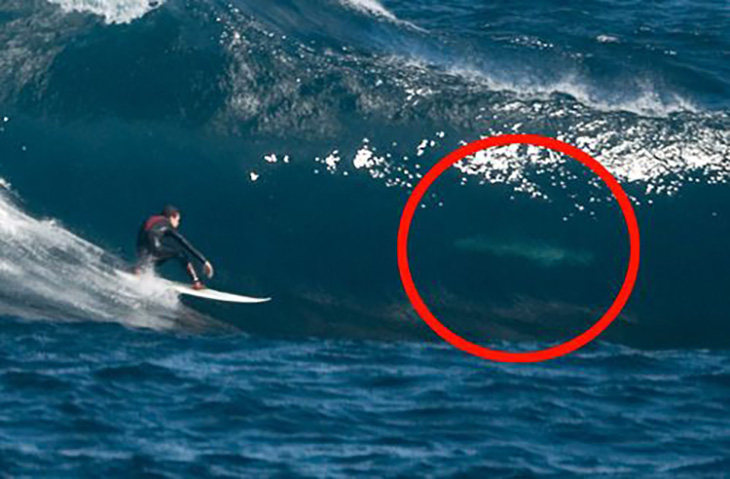
Hardcore surfers go into the water regardless of whether they know they are shark infested or not, leaving their safety completely to chance, just because they love it so much. But the reality is that although shark bites are not exactly common, it doesn’t mean that they don’t happen. In fact, they are increasing by the year.
Thankfully, both surfers and lifeguards in Australia may not have to worry so much about this issue as much because they are getting a new “eye in the sky,” camera-equipped drones that will let them look out for sharks in the water from high above.
Australia’s Queensland has long used hook drumlines and nets filled with bait to help the surfers and beachgoers in the water from sharks. However, this type of approach can also injure other marine life, like dolphins, turtles, dugongs, and even fatally injure the sharks they are attempting to fend off in the first place, which is not the intention.
As for the SharkSmart Drones project, they ran a trial from September 2020 to October 2021 to watch out for sharks in the water, and what they saw was that there were definitely more sharks seen by the drones – especially those larger than 6-feet and considered possibly dangerous to surfers and swimmers – than those that were actually caught in the nets and hooks.
The drones saw 172 sharks, of which 48 were rather large sharks. Of the 48, officials ordered at least four beach evacuations because of them. While most of the shark sightings did not need evacuations, the others were called due to the sightings of tiger sharks, white sharks, and bull sharks since these are the ones considered truly dangerous and common when it comes to shark attacks.
Moreover, the report also noted that the drones also caught ‘four times as many large and potentially dangerous sharks seen at Ocean Beach on NS Island and Burleigh Beach’ than those that were caught in the protective equipment of nets and hooks placed in the waters.
The SharkSmart drones work by flying out at around 60 yards (180 feet) above the water at about 12 miles per hour just beyond the surf break. The drone operators then take them out on stretches of 400 meters, looking for sharks in the water. If they happen to catch one on camera, they fly the drones lower to verify what size and which type of shark it is, whether it’s considered potentially dangerous or not. One main issue is when the weather is bad, strong winds or other types of heavy weather, it makes it more difficult to operate the drones successfully. However, there are also less people on the beach at that time anyway.
Another project that is quite similar to this one was also implemented in New South Wales back in 2017. Animal conservationists have also urged the quick transition from nets and baited hook drumlines to drone projects since the former methods often wound up to 70% of the animals that get caught in them.
Moreover, Hakkai Magazine also wrote that there are more advantages to using drones.
Shark scientist with Australian Marine Conservation Society, Leo Guida, explained to Hakkai, “You’re more likely to save someone from drowning than interacting with a dangerous animal. There are clear benefits across the board.”
What are your thoughts? Please comment below and share this news!
True Activist / Report a typo


